The first team blog of the new project comes from Sonia Morón and Sebastian Bicking.
We are in Menai Bridge for 6 weeks now and acclimated to the Welsh weather very well. Actually, we were surprised by the marvellous, good weather here, since we expected rain or fog most of the time. Different from previous GAME-projects in Wales, we are a team of two students from Germany. But actually Sonia is from Venezuela and studies in Bremen, while I, Sebastian, come from Germany but study in Odense in Denmark.
During the first days and weeks, we had to settle into our new homes and explored the surroundings – what did not take too long due to Menai Bridge being a very small town. It is located next to the Menai Strait that separates the Isle of Anglesey from the mainland. The only dry connection leads over two bridges at Menai Bridge and this is where the name of the town comes from. Although the place is small for sure, you will find a pub and several takeaway restaurants here. Most of them sell fish & chips. Unfortunately, there is just one supermarket but Bangor, the next larger city, is not that far away.
At the beginning of our project, we had to organise the registration at the School of Ocean Sciences of the Bangor University and went through extraordinary health and safety instructions. If you think Germans are really strict you have not been to the United Kingdom. Here, even your laptop has to go through a checking procedure by the technicians before you can plug it in. Additionally, our lab needed a very intensive spring-cleaning so we spent two days on rearranging it to our needs. Luckily we got a lot of support by our supervisor and by the friendly staff of the school what made our lives much easier.
After having overcome these hurdles, we went on our first excursions to explore suitable sites for animal collection. We started next to Church Island, an old graveyard with a little chapel that is located close to Menai Bridge. Here, we scrambled on rocks during low tide, but without any success and so we decided to go to other places. The second attempt at Rhosneigr was also not fruitful and our supervisor was not very happy, because he lost his sunglasses in the tides. When we were almost losing hope, we decided to join an undergraduate excursion to Cable Bay and we found plenty of anemones. We agreed on two species, Anemonia viridis (snakelocks anemone) and Actinia equina (beadlet anemone).
In total we collected 15 individuals of each species and brought them to the lab to observe their behaviour, hoping that they will show asexual reproduction. Unfortunately, after a few weeks in the lab, just a small number of fission events occurred and this only happen for one of the species. Due to that we came to the decision to use independent individuals for all the experimental units instead of exposing clones from a set of individuals to different thermal regimes. This required additional field trips to Rhosneigr, Cable Bay, Treaddur Bay and Shell Island. But this time we could go on our own. That day, I was very excited to drive on the other side of the road for the first time, but actually I got used to it very fast and everything worked out well.
Now we have a lab full with anemones which need to be maintained every day until they are acclimated to the lab conditions and we can start our pilot study. Meanwhile we are trying out some methods for measuring our response variables like oxygen consumption and weight change and finally we received our equipment to build our set-up. Even though things did not fully work out as planned in the preparatory course, we have been able to find alternative solutions to make our project succeed.
Although, we spent a lot of time with collecting our anemones and taking care of them, we also had some time to blend into the Welsh culture. That means visiting medieval towns with their castles and old-fashioned buildings. Wales is known for having more castles per square mile than any other country in the world as well as four times more sheep compared to the human population. On our first trip we went to Beaumaris, a little town north of Menai Bridge where we visited a castle from the 13th century that was built by Edward I. but which was never finished. From Beaumaris boats leave for trips to Puffin Island where puffins, guillemots, grey seals, dolphins and many more marine animals can be observed. We are really excited to go on a boat trip when the puffins will arrive. That will be by the end of May or beginning of June.
Our second excursion brought us to Conwy, a town on the north coast of Wales, also with an impressive castle which was also built by Edward I. In Conwy, the medieval town walls are completely preserved and still surround the inner part of the town. After visiting this place, we went to the nature reserve of Conwy attended by the Royal Society for the Protection of Birds (RSPB) and spent some time observing different kinds of birds.
After making friends with some other students from the school, we went together on a trip to the Aber Falls which are situated about 3 km south of the village Abergwyngregyn. We got our first impressions of the mountains and we will definitely visit the Snowdonia National Park another time.
So far we can say that Wales is a very interesting and also mysterious country with a lot of history but also beautiful landscapes and amazing wildlife. We are looking forward to explore more of this fascinating place and of course starting our experiments.
Sonia & Sebastian
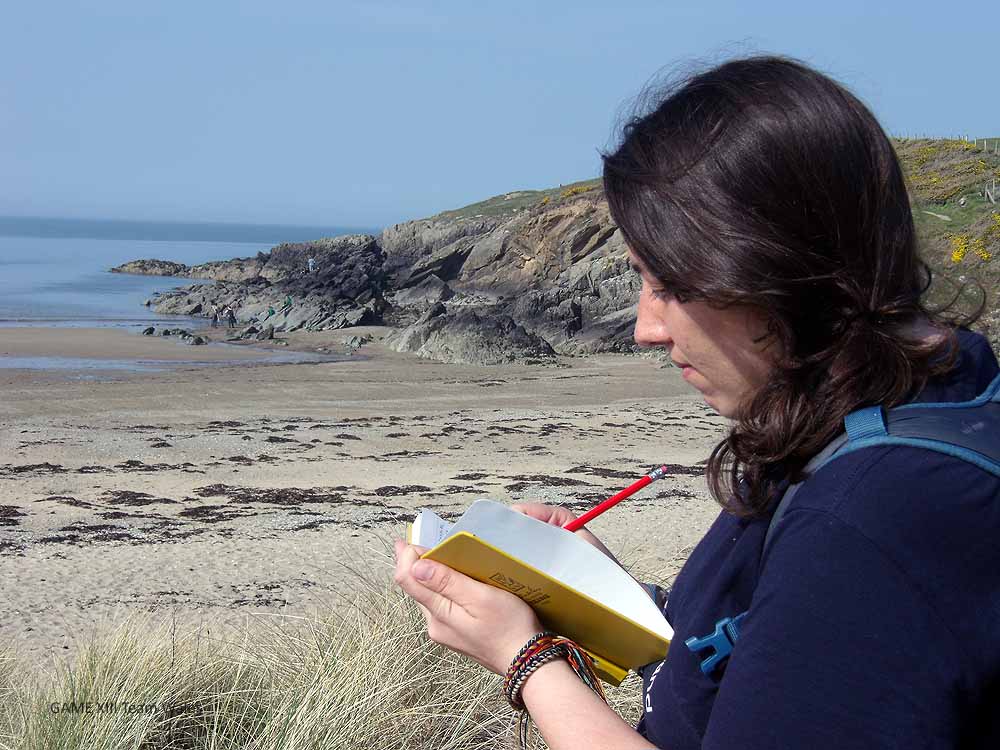
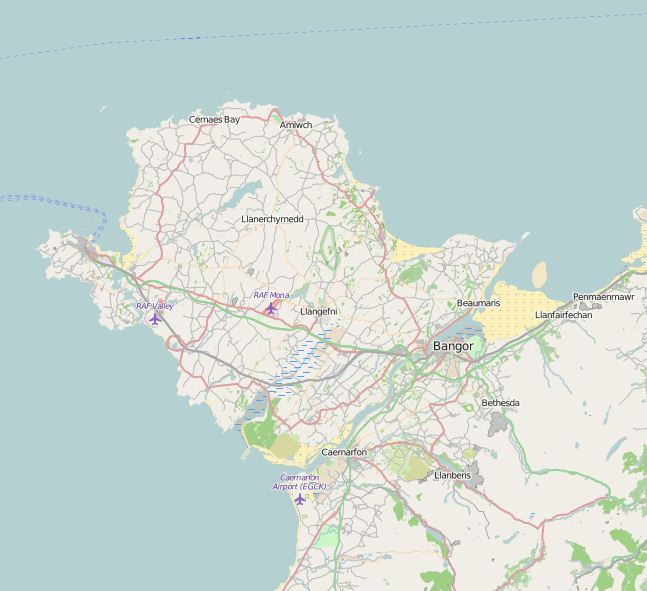
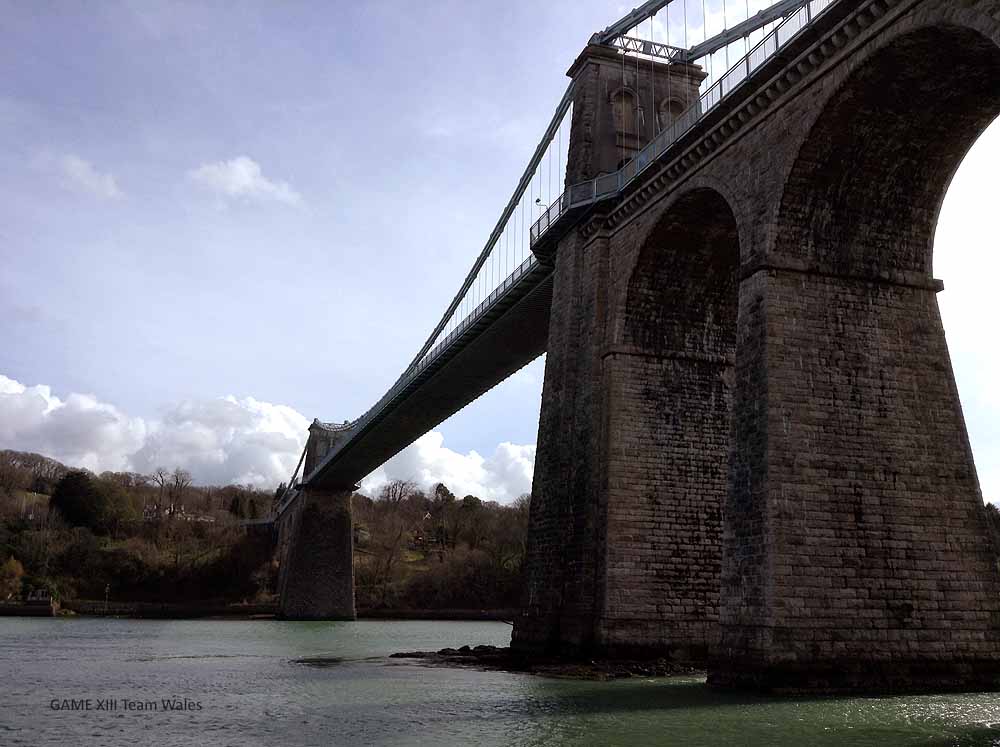
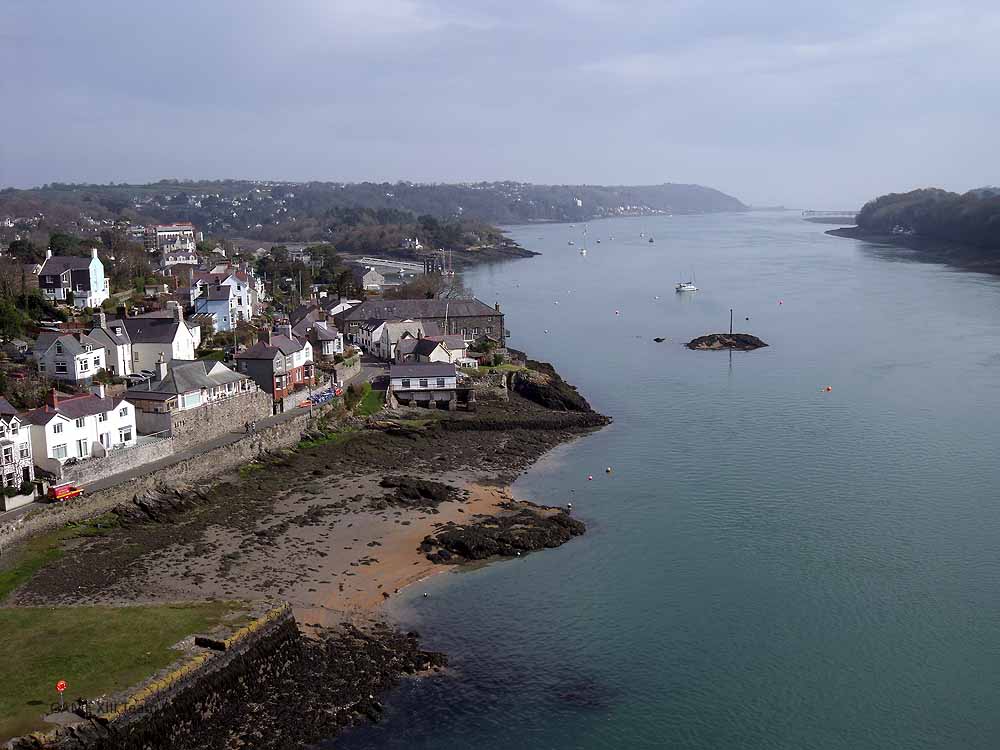
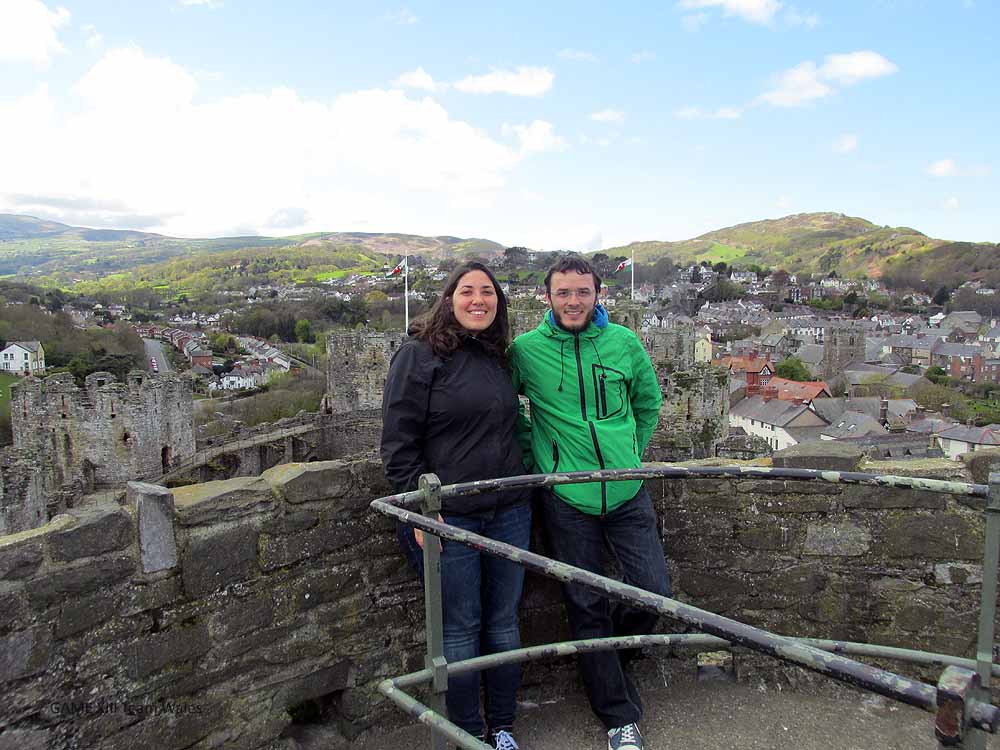
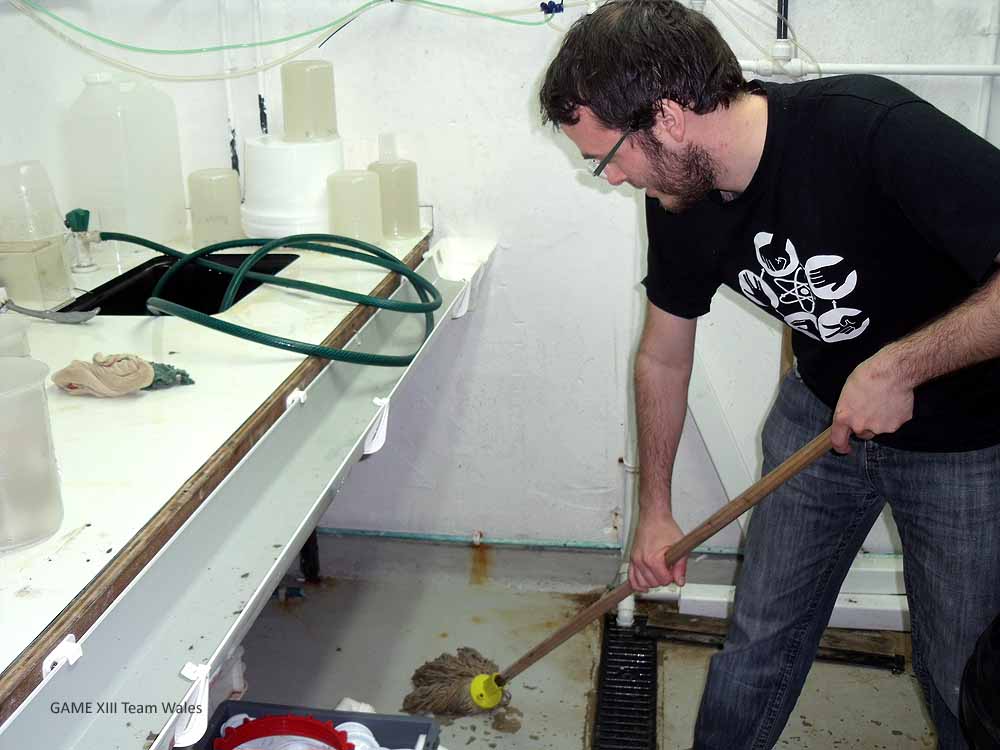
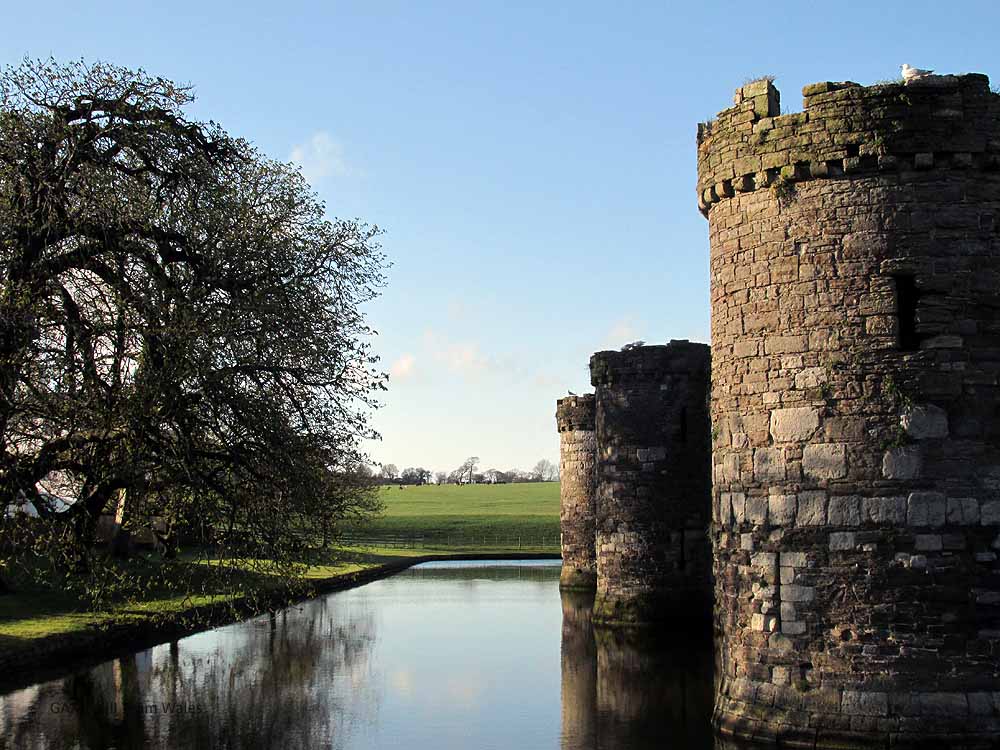
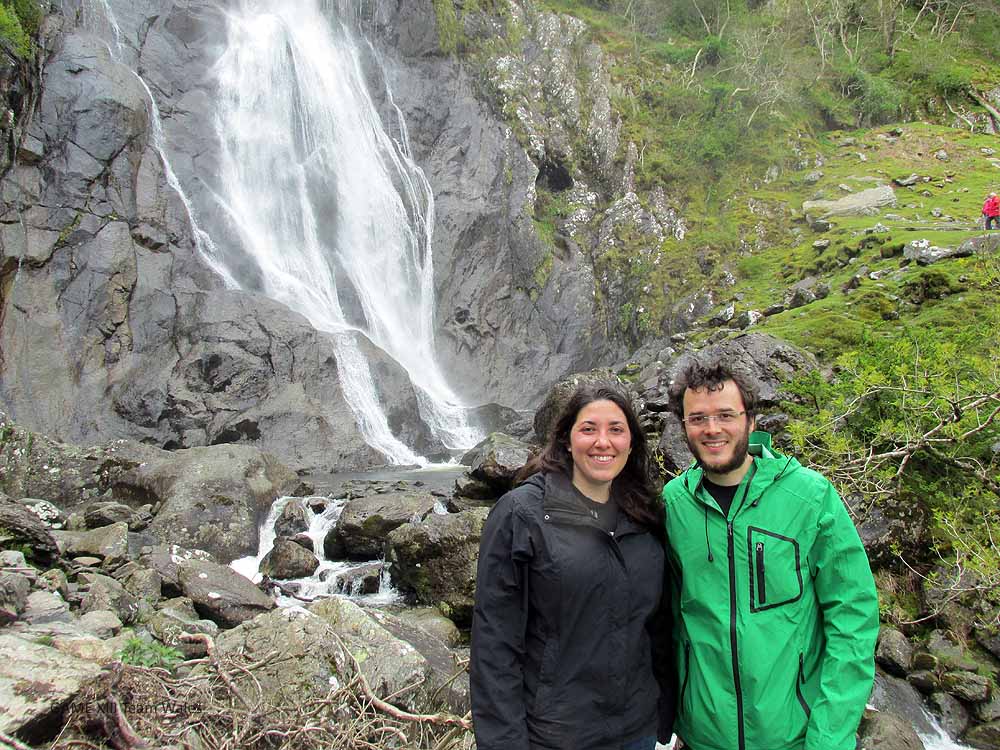
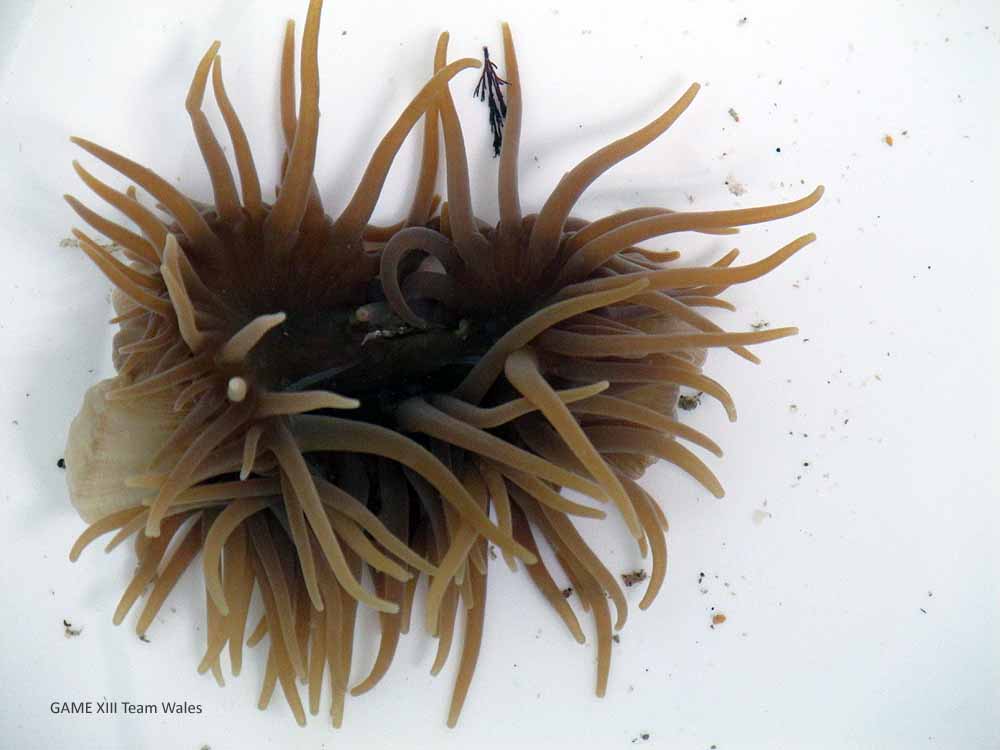
Hi Sonia, hi Sebastian,
thank you for this great blog post. It makes we want to visit the area one day. Funny coincidence: Yesterday I found an old episode of “mare TV” about Wales on my HDD recorder. It featured, among other things, Church Island 🙂 Unfortunately the episode no longer can be found in the NDR mediathek. There is only a short preview on the mare website: http://www.mare.de/index.php?article_id=86 (without Church Island).
However, have a nice time in Menai Bridge
Cheers,
Jan